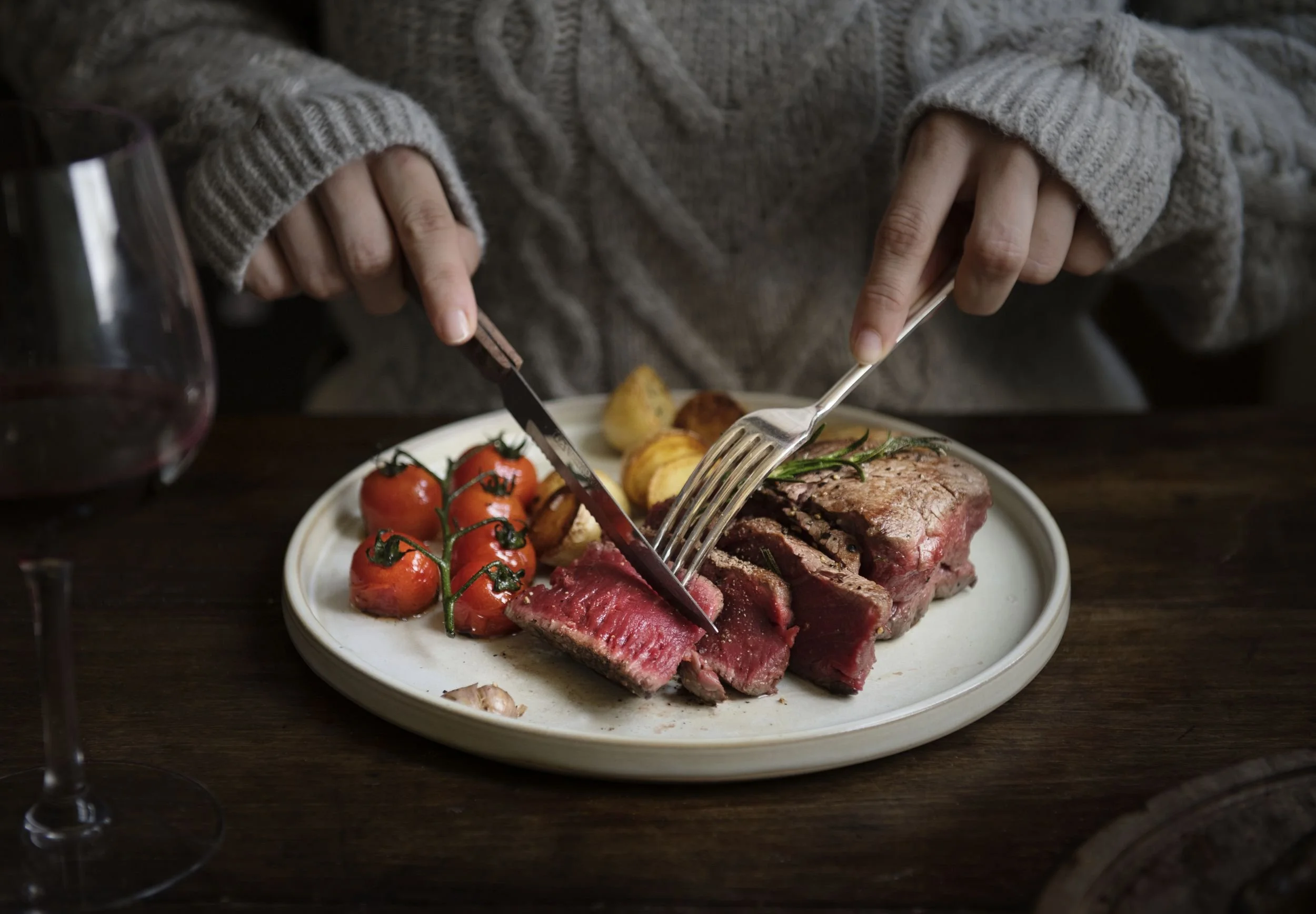December 2019
Edible insects offer an alternative to conventional meat consumption. Not including them in the Western diet is merely a cultural habit. To do so would take a strain off the environment with an alternative that uses far fewer resources.
Let’s dive a bit deeper into this promising protein source. 🦗😋
Which insects can we eat?
Some of the most common insect species eaten around the world are:
Grasshoppers: Grasshoppers are a common source of protein in many parts of the world, including Africa, Asia and Latin America. They are often fried or grilled and flavoured with various spices.
Mealworms: Mealworms are one of the most common insect species for human consumption. They are often ground into flour or eaten as whole larvae and can be used in various dishes, from snacks to baked goods.
Crickets: Crickets are roasted or grilled and eaten as a source of protein. They have a nutty flavour.
Water bugs: In some parts of Asia, water bugs are considered a delicacy. They are often fried or boiled and have a slightly salty flavour.
Ants: Certain ants are eaten in some cultures, especially in parts of Latin America and Africa. They can be eaten raw or roasted and have a slightly sour flavour.
Silkworms: In some Asian countries, silkworm larvae are considered a delicacy. They are often fried or boiled and have a delicate, slightly nutty flavour.
This is just a small selection of the many types of insects eaten by people worldwide. In some cultures, insects have been part of the diet for centuries, while in other regions, they are becoming increasingly important as a sustainable source of protein.
HOW ARE EDIBLE INSECTS EATEN?
There are a variety of edible insect products available on the market.
Here are some examples:
Insect bars - energy bars, protein bars and snack bars that use ground insects as their main source of protein.
Insect meal - used as an ingredient in baked goods, protein shakes, pasta and other foods.
Whole insects - roasted, freeze-dried or deep-fried whole insects that can be used as a snack or ingredient in various dishes.
Insect powder - is finely ground insect powder that is added to smoothies, soups, sauces, and baked goods.
Insect noodles - pasta that replaces part of its flour with ground insect flour to increase the protein content.
Insect burgers & sausages - these burgers and sausages use ground insects as the main ingredient and provide a protein-rich alternative to meat products.
Insect snacks - a variety of snacks such as roasted crickets, roasted mealworms, insect chips and crackers.
Insect cooking sauces - sauces and spice mixes that contain ground insect meal and increase the nutritional value of dishes.
Benefits of consuming edible insects
They contain protein, vitamins and amino acids and have a high food conversion rate.
Edible insects emit fewer greenhouse gasses and ammonia.
They can be grown on organic waste.
They can be raised in almost any climate or environment and need little to no energy to keep them warm.
None of an insect is left over, with every part of their bodies being useable in food, pharmaceuticals, or fertiliser.
Farming, transporting and killing insects is more ethical as they’re biologically wired not to feel an emotional response like animals.
SUPPLIERS OF EDIBLE INSECTS
Browse the web for producers, such as Entomo Farms, Chapul, Jimini's, Bug Foundation, and online retailers like Catch Your Bug or Entosus to choose from various products.
Plus, companies like Living Farms Hive offer equipment for people to breed their insects at home.
EDIBLE INSECTS COOKING BOOKS
Here are a few cookery books for your inspiration.
Also, check SoMe for keywords like “edible insects”, or "entomophagy" to learn more about the background of the human eating insects habits.
"The Insect Cookbook: Food for a Sustainable Planet", by Arnold van Huis, Henk van Gurp, and Marcel Dicke.
"Edible: An Adventure into the World of Eating Insects and the Last Great Hope to Save the Planet", by Daniella Martin.
"Bugs for Beginners: The Most Complete Guide to Teach You How to Cook Bugs at Home", by Julia Chile.
"The Eat-a-Bug Cookbook: 40 Ways to Cook Crickets, Grasshoppers, Ants, Water Bugs, Spiders, Centipedes, and Their Kin”, by David George Gordon.
"On Eating Insects: Essays, Stories and Recipes", by Josh Evans, Roberto Flore, and Michael Bom Frøst.
LEarn more
Check our sources: Bibliography →














